|
Let us first understand about Azure before moving to our Azure Blob and Data Lake Storage plugin and how it benefits our workload automation users.
“Azure is an open and flexible cloud platform that enables you to quickly build, deploy and manage applications across a global network of Microsoft-managed datacentres. You can build applications using any language, tool, or framework. You can integrate your public cloud applications with your existing IT environment.” Azure is incredibly flexible, and allows you to use multiple languages, frameworks, and tools to create the customized applications that you need. As a platform, it also allows you to scale applications up with unlimited servers and storage.
0 Comments
Oracle E-Business Suite as the name suggests is a suite of several application software mainly consisting of enterprise resource planning (ERP), customer relationship management (CRM), and supply-chain management (SCM) with the Oracle relational database management system (RDBMS) at its very core. Oracle E-Business Suite is one of the most popular solutions out there. Globally organizations use it to streamline their business processes and manage their day-to-day transactions and ultimately reduce costs and bring more efficiency. In this blog, we are going to walk you through enabling session affinity for the Dynamic Workload Console (console) deployed in a Google Kubernetes Engine (GKE) cluster that uses an HTTP(S) load balancer network service that leverages an instance of Google Cloud SQL for SQL Server managed database.
We, the Workload Automation family, love to take care of every detail. Indeed, we strongly believe that to deliver a good quality product we need to increase our knowledge every day more by discovering and studying new technologies.
But the technical part is not the only important thing, we take care of the whole product, which means presentations, blogs, videos, documentation, client advocacy, design thinking, skill transfer, etc. To achieve these goals, effective collaboration and knowledge sharing are at the core. Thus, we arrange a lot of knowledge sharing programs, such as “WA Talks” and “Lunch&Learn”. IBM Workload Scheduler version 9.3 End of Support (EOS) has been announced, effective from 30 April 2021. If your running IWS v9.3, now could be a perfect time to upgrade to the Workload Automation v9.5 portfolio, effectively plan your software investment, and avoid any gaps in support. IWS v9.5 offers new features and enhancements to help you accelerate your business by simplifying and automating workloads, improving SLAs, and saving deployment time.
What to expect in this blog This blog provides a step-by-step guide on what needs to be considered before upgrading IWS MDM from v9.3 to v9.5. Learn about the key features provided with the latest version. SAP is the backbone of thousands of companies worldwide: its end-to-end suite of applications and services enables business and public customers across 25 industries globally to operate. Enterprise resource planning is one of the strongest areas covered by SAP to take all the core processes needed to run a company – finance, HR, manufacturing, supply chain – and integrate them into a single system. Companies though are complex ecosystems that need to interconnect IT and business processes, while reducing their need for human intervention. Automate anything, Run Anywhere is our motto!
What better place to start making it real than from our very own Workload Automation test environment? We have been applying it in our Test Lab for Workload Automation version 9.5 since its general availability in 2019, and to all the subsequent fix packs, including the last one, fix pack 3. To improve productivity and to save IT management costs and time, our customers are starting to move to the cloud environment and are moving heavy workloads from a set of on-premises machines to a resilient cloud infrastructure.
So, our principal mission is to facilitate, secure, and support moving a workload automation deployment, from an on-premises infrastructure (minimum WA 95 FP3 version required) to any cloud infrastructure where Workload Automation (WA) is already supported. A question which everyone would have in mind while Upgrading to WA 9.5 is to manage all the Carryforwards that are present in old Production Plan on the older Version of the Master and to migrate them to the newer Master Server . This Blog aims to sort this problem once and for all to ensure seamless transition to IWS 9.5 without any hassles. Let us begin with understanding of Azure what it is all about before moving to our Azure Resource Manager plugin and how it benefits our workload automation users.
|
Archives
July 2024
Categories
All
|

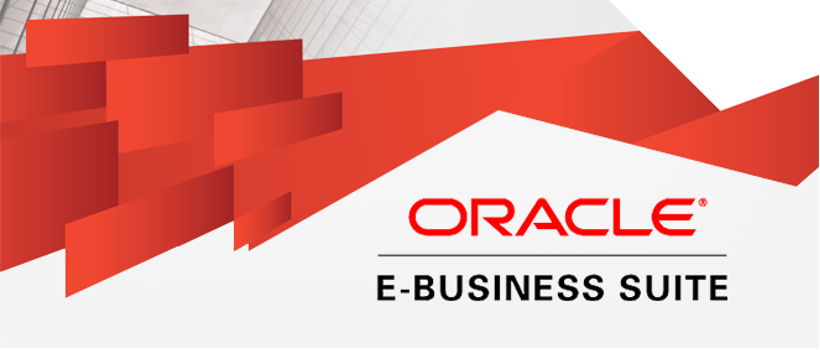
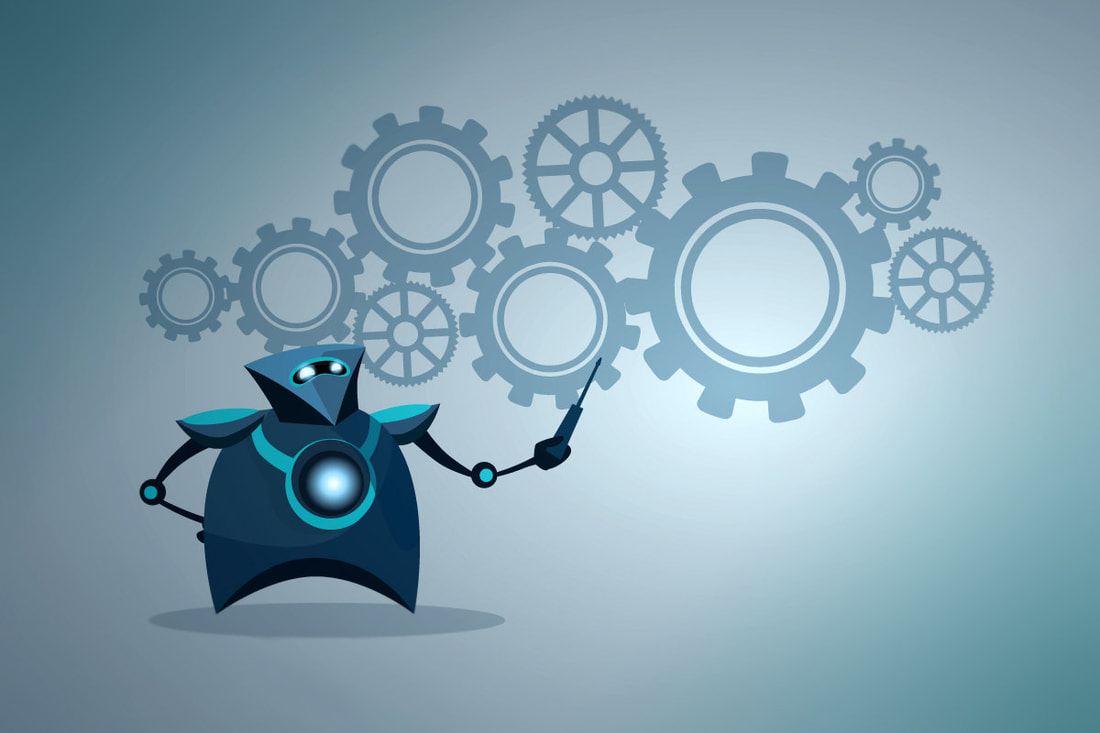
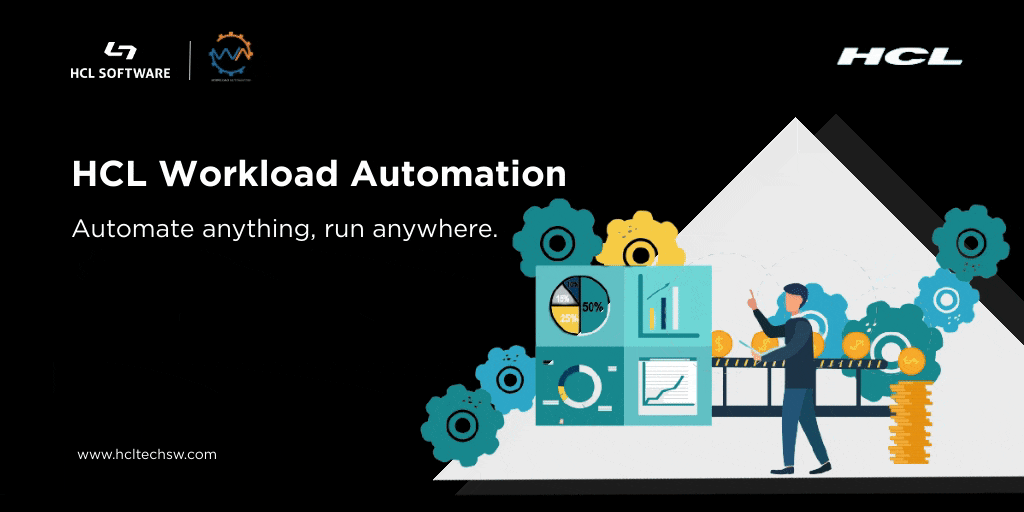


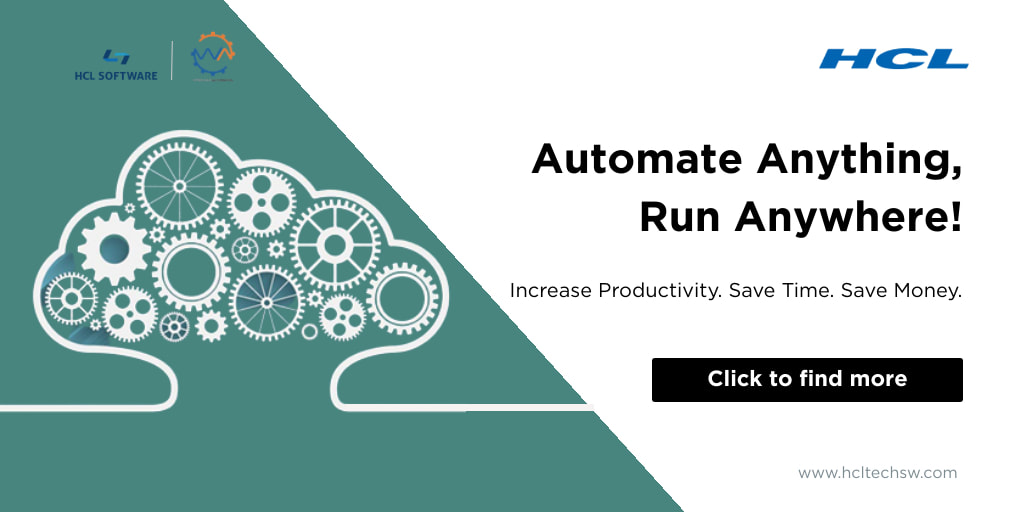
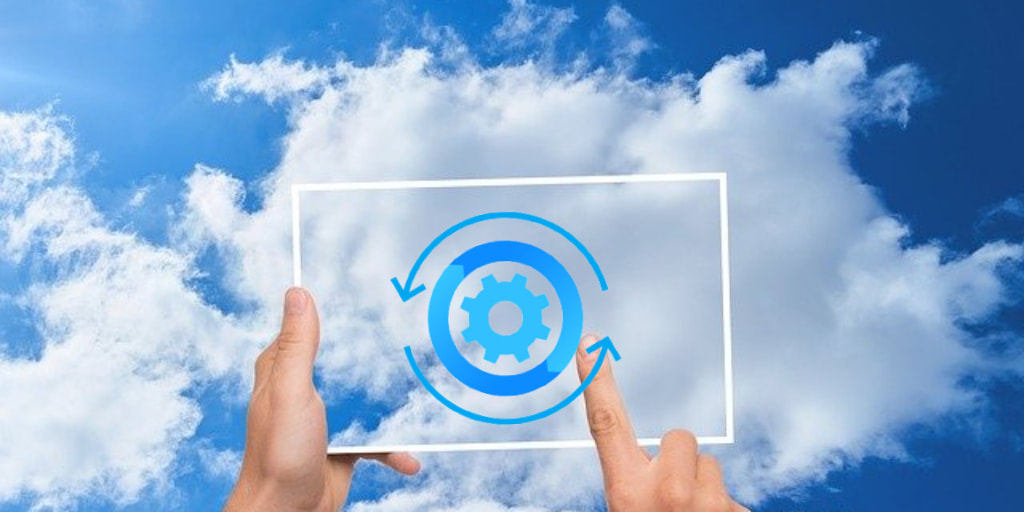


 RSS Feed
RSS Feed